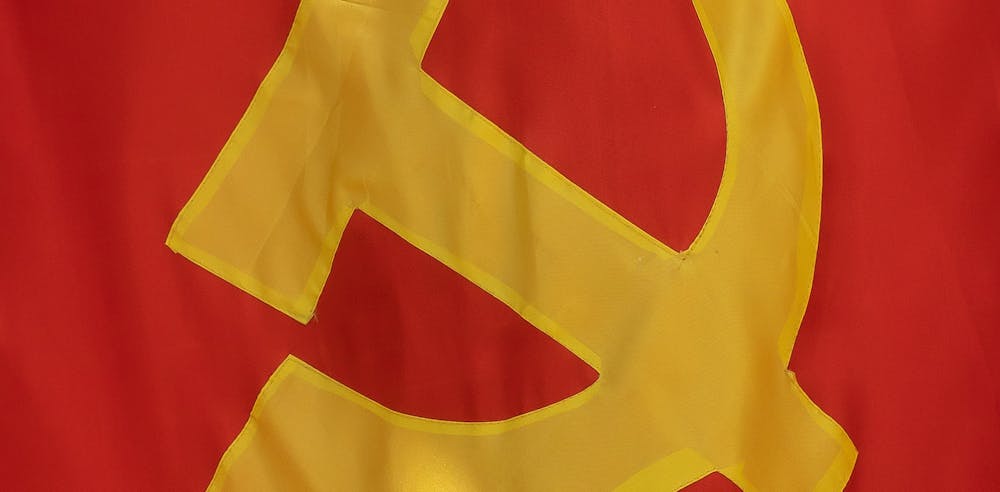The Punnapra-Valayar revolt was a communist uprising that took place in October 1946 led by the Communist Party of India (CPI) against C.P Ramaswamy Iyer, the Dewan of Travancore. The revolt is named after the two places in which it took place; beginning in Punnapra and ending in Vayalar.
Background: During the Second World War (1939-1943) many parts of the country were plunged into a famine-like situation. West Bengal being the hardest hit among them. This was due to grain, resources and raw materials being exported to the war front instead of distributed among the people in India. In Travancore, a radical communist section emerged during this time. The famine-like situation pushed the peasantry closer to the communist groups. At the time the Dewan, C P Ramaswamy Iyer had been promoting the idea of an independent state on the lines of the American model. This angered the communists since America was heavily anti-communist. The Dewan had also been subjecting the workers in the Alappuzha area to stringent and brutal land laws. A British vassal, the Dewan allowed landlords to stake claim over private and public property, deny wages and torment their workers. As a result, protests under the communist parties took place regularly in the region. The relationship between the leadership and its citizens grew tense and volatile.
In response, fishermen, farmers, coir workers alike unionised for an armed struggle. The trigger that marked the beginning of the revolt is said to have happened on October 24th, 1946. The All India Trade Union Congress had called for a nationwide strike. The strike took place in the form of a march from Alappuzha to Punnapra on King Chithira Thirunal Balarama Varma’s birthday. The march turned violent when the police got involved. The protestors were lathi-charged and brutally dispersed.
Over the course of the revolt many died. Workers and police were in constant conflict and the state spiralled into chaos. Travancore’s independence was unacceptable to the Government of India. Discussions with the Dewan began during June of 1947. In July an assasination attempt was made on the Dewan by KCS Mani, a socialist leader. Post the attempt, the House of Travancore acceded to the Indian Union. A year after the Punnapra-Vayalar revolt, Pattom Thanu Pillai became the first Chief Minister of Kerala.

